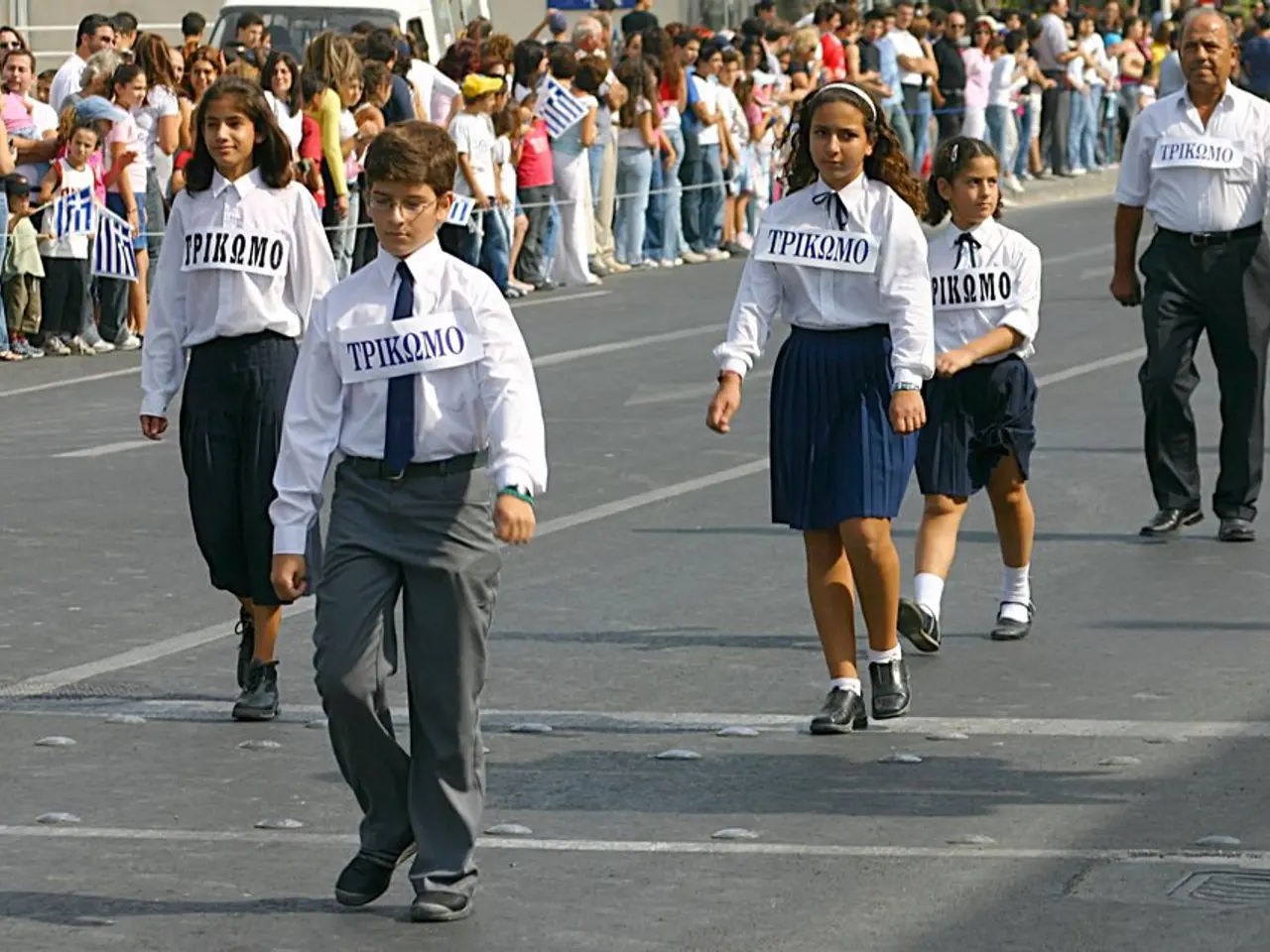Instructions for Establishing a Temporary Vehicle-Free Area in Your Urban Setting
In today's urban landscapes, car-free pop-up events are becoming increasingly popular as cities strive to align with public health goals and promote active transport and outdoor interaction. Here's a comprehensive guide on how to organize such an event in your local community.
Preparation
The first step in organizing a car-free pop-up event is identifying the purpose and location of the event. A suitable space that can be safely closed to vehicle traffic should be chosen, with necessary permits and permissions from city authorities obtained.
Planning
Logistics such as the layout, available facilities (restrooms, seating), safety measures, access routes for emergency vehicles, and coordination with local businesses, sponsors, and vendors should be planned meticulously. Deciding on event activities suitable for a car-free environment, like art installations, performances, or markets, is also crucial.
Involvement
Community engagement is key to the success of a car-free pop-up event. Local organizations, artists, vendors, and volunteers should be encouraged to participate. Clear communication of the rules and goals of the car-free zone is essential to foster cooperation.
Spreading the News
Promoting the event is vital to attract attendees. Diverse channels such as social media, flyers, local news outlets, and partnerships with community groups should be used. Highlighting the benefits of a safer, cleaner, and more social space should draw people in.
Setting Up
On event day(s), the street should be physically closed to cars and signage, booths, stages, or art installations should be set up. Security, first aid, and volunteer teams should be arranged to ensure a smooth flow within the car-free zone.
Post-Event Follow-Up
Prompt cleanup of the site is essential, followed by gathering feedback from attendees, participants, and partners to assess the event’s success and areas for improvement. Sharing outcomes publicly can help build momentum for future car-free pop-ups.
These steps synthesize general event planning practices with specific considerations for a car-free setting, as seen in city pop-up activations and community events that focus on pedestrian spaces.
A car-free pop-up event can showcase how city life can be rejuvenated, providing opportunities for community engagement, arts, food, and rest areas. It can benefit public physical and mental health, support local businesses, and illustrate the impact of pollution on daily life.
Organizing a car-free pop-up event requires careful preparation and planning, but it can be achieved in a local community, even if larger events require months or years of planning. Start preparing 4-6 months in advance for a successful event, or plan for a couple of weeks for smaller events.
Remember, a car-free pop-up event can be a significant step towards a healthier, more sustainable city. So, let's work together to create these vibrant, pedestrian-friendly spaces in our communities!
A car-free pop-up event could incorporate a lifestyle that emphasizes outdoor-living, focusing on home-and-garden activities such as garden exhibitions, plant sales, or workshops.
By introducing event activities that cater to a car-free environment, we can transform urban spaces into temporary havens for rejuvenation, promotion of local businesses, and fostering community engagement.




